Be the first to review this product
PRODUCT DETAILS
Cymbopogon flexuosus. Lemongrass is a tropical plant from the grass family (Poaceae) that will grow well in temperate regions if given the right conditions. Sow Lemongrass seeds indoors in late winter using bottom heat or a seedling heat mat. Maintain moist conditions and a temperature around 21°C (70°F), and the seeds will germinate in 5 to 21 days. Be sure to use sterilized seed starting mix, and either a clear dome over your seedling tray, or sealed into a plastic bag to maintain moisture. Transplant outdoors or into containers in full sun once the weather has warmed up in early summer. At the end of summer, move container plants into a frost-free environment with good air circulation. Reduce watering to almost none, making the soil barely moist once a week.
When using Lemongrass in the kitchen, remove any loose, outer layers. Either use whole pieces, crushed slightly with a pestle or under the back of your cleaver, or slice sections very thinly in cross-section. This will help break up the strong fibers of the grass stalks.
Tender Perennial
- Excels in greenhouses
- Makes a great container plant
- Aromatic and productive
- Treat as a tender perennial
- Open-pollinated
All About Lemongrass Seeds
Latin
Cymbopogon citratus
Family: Poaceae
Difficulty
Somewhat challenging
Season & Zone
Season: Hot season
Exposure: Full sun
Timing
Sow seeds indoors in late winter. Transplant outdoors only when nighttime temperatures are steadily above 10°C (50°F).
Starting
Press the seeds gently 5mm (1/4″) into pre-moistened, sterilized seed starting mix. Use seedling trays with plastic domes, or containers sealed inside large plastic bags. Use bottom heat from a Seedling Heat Mat to maintain a soil temperature of 21°C (70°F). Keep seed trays or containers in a dark room or cupboard. Seeds should germinate in 5 to 21 days. The trick is to maintain a moist, not wet, environment. Once seedlings appear, remove the dome or plastic bag, and move them into full sun or beneath strong, full spectrum, artificial light.
Growing
Harden seedlings off in early summer by gradually exposing them to full sun and cooler temperatures. Transplant individual seedlings into 5-gallon (or larger) containers, and apply high nitrogen organic fertilizer like Alfalfa Meal or Blood Meal at the time of transplanting. Just mix 1/2 cup into the soil before transplanting. Keep the soil relatively moist throughout the growing period, watering at least 2 or 3 times a week – more in hot weather.
At the end of the growing season, once nighttime temperatures begin to approach 10°C (50°F), cut back lemongrass plants to 15-20cm (6-8″) tall, reduce watering, and discontinue feeding. Move plants to a bright, airy spot, protected from frost. Water only enough to keep the soil barely moist to nearly dry. If plants seem congested, consider dividing them into clumps in early spring, and potting them on. Resume watering and feeding once spring growth appears.
Harvest
Use secateurs to snip whole stalks from the base of the plant as needed. Stalks should be at least 15mm (1/2″) thick before picking. Lemongrass dries well for use as a tea, and whole stalk segments can be bundled and frozen for use in soups and curry paste all winter long.
| Brand | West Coast Seeds |
|---|---|
| Manufacturer Part Number | HR1170A |
| UPC | 687704011572 |
| Family | Lemongrass |
| Certified Organic | No |
| Heirloom | No |
| Open Pollinated | Yes |
| Hybrid | No |
| Pack Options | A pack |
| Package Language | English |
| Shipping Type | Seeds |





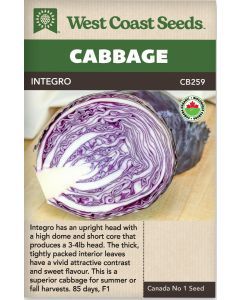


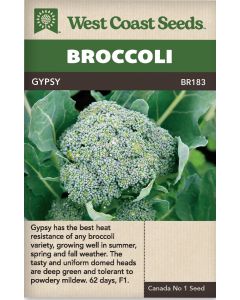

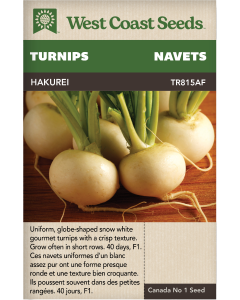

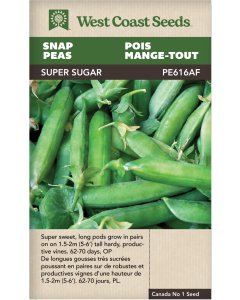
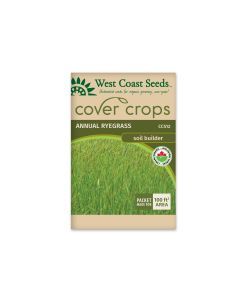

Login and Registration Form